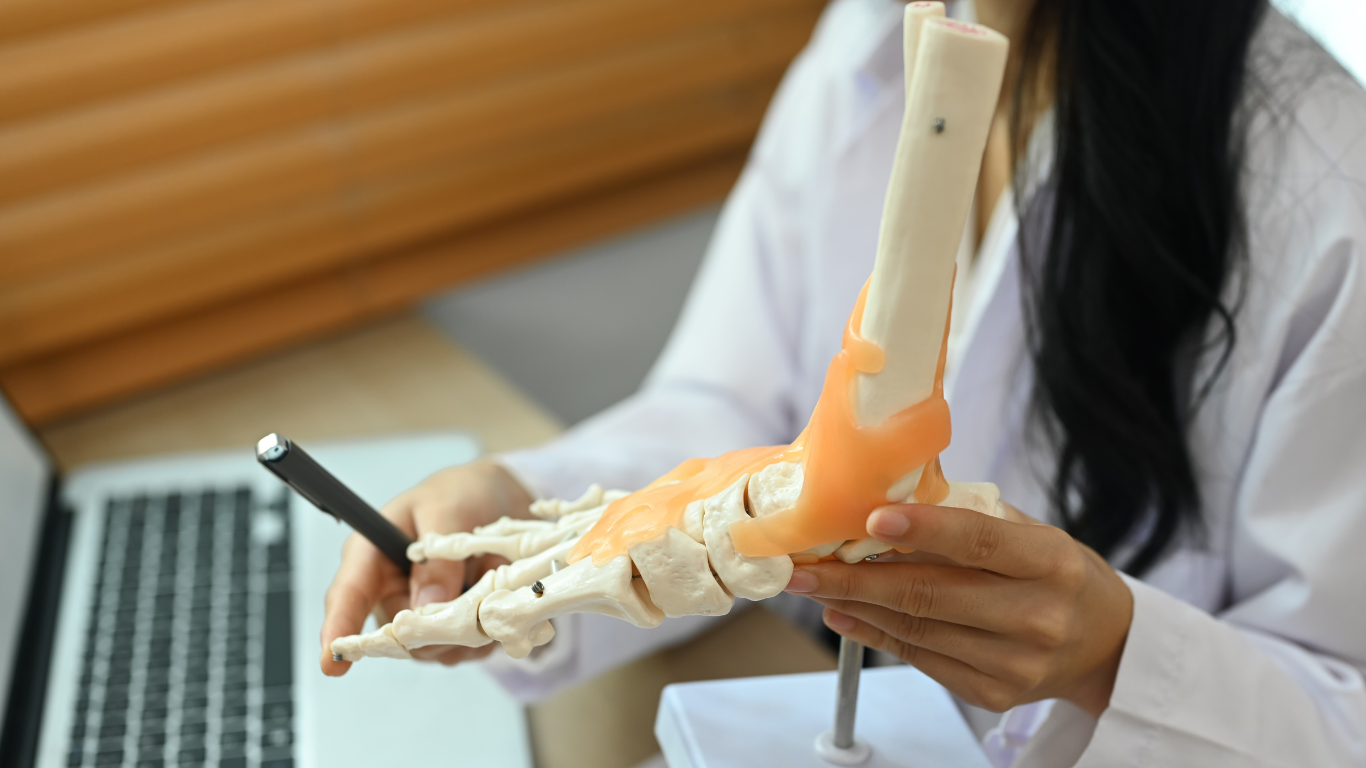Recovering from shoulder surgery is a journey that requires patience, commitment, and proper guidance. Understanding the stages of recovery and following a well-structured rehabilitation plan can lead to the best possible outcomes. In this comprehensive guide, Dr. Max, a renowned orthopedic surgeon, outlines the steps necessary for a smooth and successful recovery after shoulder surgery, from the first few days post-op to long-term rehabilitation and return to full activity.
The First Few Days After Shoulder Surgery: Immediate Post-Op Care
The initial days after shoulder surgery are critical for setting the foundation for recovery. Our team emphasizes the importance of managing pain, protecting the shoulder, and reducing swelling during this phase.
- Pain Management: Patients can expect some discomfort after surgery. Dr. Max typically prescribes pain medications to manage the pain, along with recommendations for over-the-counter options.
- Swelling Reduction: Ice packs should be applied to the shoulder in 20-minute intervals to help minimize swelling.
- Immobilization: Patients will likely need to wear a sling or shoulder immobilizer to protect the surgical area and allow the shoulder to heal.
- Rest and Elevation: Resting the shoulder and keeping it elevated can improve circulation and prevent swelling.
By closely following our team's post-op instructions, patients can ensure a smoother start to their recovery process.
Week 1-2: Focus on Pain Control and Gentle Movement
In the first two weeks after surgery, the focus remains on pain control and gradually introducing gentle movement. Patients need to follow their care team’s advice to avoid complications.
- Pain Control: Medication should be taken as prescribed.
- Gentle Movement: While the shoulder must be protected, Dr. Max may recommend gentle passive exercises to prevent stiffness and maintain some range of motion. These exercises are guided by our physical therapist.
- Follow-Up Appointment: Patients typically have their first follow-up with Dr. Max to check on their healing progress and discuss any concerns.
This early phase is key to setting a strong foundation for future recovery without overstressing the healing shoulder.
Week 3-6: Introduction to Physical Therapy
Physical therapy (PT) plays a pivotal role in shoulder surgery recovery. Around the third week, most patients begin more structured physical therapy sessions, under the supervision of a trained therapist.
- Passive Range of Motion (ROM) Exercises: Early physical therapy focuses on gentle, passive range-of-motion exercises, where the therapist moves the patient’s arm to promote mobility without the patient using their shoulder muscles.
- Home Exercises: Dr. Max may recommend specific exercises to be done at home in between physical therapy sessions to keep the shoulder moving and prevent stiffness.
- Pain Management: While pain should gradually lessen during this phase, ice therapy after exercises and pain relief medications may still be used.
Following the physical therapy routine consistently is crucial to avoiding stiffness and improving shoulder mobility.
Week 7-12: Regaining Strength and Function
Between weeks seven and twelve, patients transition into active rehabilitation. This phase focuses on regaining strength, stability, and functional movement in the shoulder.
- Strengthening Exercises: Patients will begin light resistance exercises to strengthen the rotator cuff and surrounding muscles. Exercises may include shoulder lifts, resistance bands, and light weights, guided by a physical therapist.
- Increased Range of Motion: Patients should start noticing improved shoulder mobility. Our team will guide them through exercises that safely push the shoulder’s range of motion.
- Activity Resumption: Some daily activities, such as light household chores or driving, may gradually be resumed, depending on progress.
At this stage, patients need to avoid overdoing exercises to prevent setbacks, even if they feel stronger.
Month 4-6: Returning to Everyday Activities
Between months four and six, patients usually experience a significant improvement in shoulder strength and function. Dr. Max recommends slowly reintroducing more challenging activities but with caution.
- Functional Activities: Daily tasks, such as dressing, cooking, and lifting light objects, can generally be performed with minimal discomfort.
- Sports and Physical Hobbies: Patients are encouraged to start light recreational activities like swimming, golf, or cycling under Dr. Max’s guidance. However, they should still avoid high-impact sports.
- Advanced Strength Training: Physical therapy will introduce more advanced strength and stability exercises aimed at regaining full shoulder function.
While progress is noticeable, maintaining patience is crucial as the shoulder continues to heal and strengthen.
Month 7-9: Preparing for a Return to Sports and High-Impact Activities
For patients eager to return to sports or physically demanding work, the seven- to nine-month mark is a critical period. Dr. Max advises a gradual return to these activities, with close monitoring.
- Sports-Specific Training: Depending on the type of surgery and recovery progress, patients may begin sport-specific training, such as throwing for baseball players or overhead movements for tennis players.
- High-Impact Activities: High-impact activities, including weightlifting and contact sports, are typically reintroduced cautiously under Dr. Max’s supervision to prevent re-injury.
- Functional Testing: Dr. Max will perform a series of functional tests to ensure that the shoulder has regained the strength and stability for high-intensity activities.
Returning to sports and physically demanding tasks too early can result in setbacks, so following Dr. Max’s recovery timeline is crucial.
Month 10-12: Achieving Full Recovery
By the 10- to 12-month mark, many patients achieve close to full recovery. However, the length of recovery can vary depending on the type of shoulder surgery, and Dr. Max’s follow-up evaluations are essential to assess progress.
- Full Return to Sports: Patients who have met their functional goals may be cleared for full participation in sports and high-impact activities.
- Strength and Conditioning: Continuing with strength and conditioning exercises helps protect the shoulder and ensures long-term function.
- Routine Check-Ups: Dr. Max may recommend periodic follow-ups to ensure the shoulder continues to perform well over the long term.
For most patients, this period marks the end of formal rehabilitation, although maintaining a regular exercise regimen is recommended.
Long-Term Shoulder Health: Tips for Maintaining Mobility and Strength
Even after format recovery is complete, Dr. Max advises patients to continue maintaining their shoulder health through regular exercises and mindful activity.
- Preventing Re-Injury: Strengthening the muscles around the shoulder and avoiding extreme overhead activities can help prevent future injuries.
- Ongoing Strength Training: Incorporating shoulder exercises into a regular fitness routine can ensure continued shoulder stability and mobility.
- Stay Active: Activities like swimming, yoga, and Pilates can help maintain flexibility and shoulder strength while being low-impact.
Long-term care is essential for patients who want to maintain their shoulder’s functionality and prevent re-injury.
Common Setbacks and How to Avoid Them
While shoulder surgery recovery usually follows a structured timeline, setbacks can occur. Dr. Max shares some common pitfalls and how patients can avoid them:
- Overdoing Physical Activity: Patients should resist the temptation to rush their recovery by performing high-impact activities too soon.
- Ignoring Pain: Pain is a warning sign that something isn’t right. Any significant pain or swelling should be reported to Dr. Max immediately.
- Not Following Physical Therapy: Skipping physical therapy sessions or home exercises can lead to stiffness or slower recovery progress.
By staying committed to Dr. Max’s recovery plan and paying attention to their body, patients can avoid these common setbacks.
Conclusion: A Gradual Path to a Full Recovery
Recovery after shoulder surgery is a gradual process that requires dedication to rehabilitation, consistency with physical therapy, and following the guidance of Dr. Max. While the timeline can vary depending on the individual, a successful recovery typically takes 6 to 12 months. Patients who stay committed to their post-surgery care plan will regain shoulder function, strength, and mobility, enabling them to return to their favorite activities pain-free.
Dr. Max and his team are here to support patients every step of the way, from the first day post-surgery to the final stages of rehabilitation.


.png)


